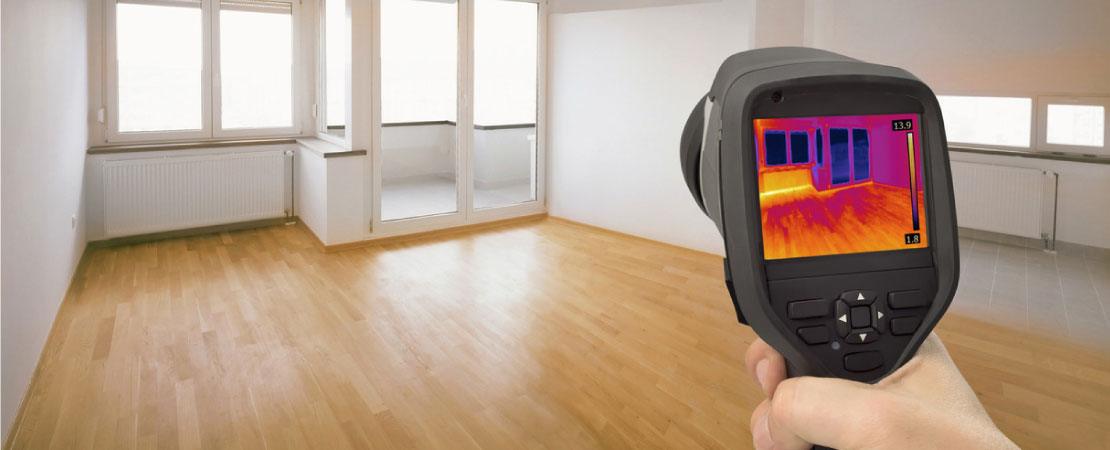If summer comes, can monsoon be far behind! Every year by the end of June, monsoon arrives in major parts of the Indian subcontinent ushering in a prolonged spell of light to heavy rainfall. There is a visible change in life everywhere. Nature’s palette all of a sudden gets filled with diverse shades of green. But beauty and relief aren’t all that the season of showers brings along with it.
The rains turn out to be quite an ordeal for our beloved homes. Hidden crevices and leakage in the home infrastructure lead to damp and seepage problems, and if a home is already suffering from one of such problems, during heavy rainfall, it tends to get intensified. Result? – Damage at multiple levels.
Damp, seepage or leakage has a toxic effect on the health of a house. There are watery patches and black mildew spots on the exterior or interior walls, plaster and wallpaper start peeling off, tiles on the bathroom and kitchen walls seem to bulge out, and in worst conditions, ceilings become leaky and water starts dripping down the walls!
Damp poses serious health threats to the inmates of the house. The high moisture content leads to the growth of microbes such as fungus, mould and algae turning home into a hub of diseases. Allergic rhinitis, bronchitis, asthma, skin and sinus infections become a regular concern. To add to the plight of all, a typical odour of dampness fills the air triggering discomfort and claustrophobia.
To avoid such torment every year you need to be a little alert. Even before the first shower of the season wets the earth you must make your homes monsoon ready. Here’s how you should go about it:

1. Examine the house visually
Take a closer look at your home. Do you see any crack or damaged tile on the ceilings or the walls? Is there a leaking pipe in your kitchen or bathroom? Get it repaired immediately or else, the monsoon rains will worsen things further. Damp spots are obvious if there is seepage on the wall. But then, these are signs of deeper problems which call for expert intervention.
Find the underlying cause of water seepage
Water seepage is a common problem in regions receiving high monsoon rainfall. Studies show within five years of construction completion, water starts seeping through the external walls of a building. The main reason in most of the cases is poor construction practices. The findings of a survey conducted on about 10,000 households in Mumbai revealed the use of single layer of brick walls. As a result, cracks develop on them easily resulting in water ingress.
Other reasons for water seepage are:
- Water absorption and permeability of the wall materials
- Faulty control joints and expansion joints
- Penetrating moisture
- Capillary action-led rising dampness
- Developing honeycomb structures in plaster or concrete
- Inadequate separation gaps
All these issues can be addressed through visual inspection, waterproofing & crack bridging of walls.

2. Clear blockages in the drainage system
Make sure there is no blockage in the drainage pipes of the buildings to avoid overflows and water-logging. Standing water in the roof, especially, can be a real headache if not cleaned in time. The water tends to seep through the ceilings and walls before finally making its way through cracks not visible to the naked eyes. Soon, ugly water spots begin to show up and the ceilings and walls start flaking and sprouting moulds. To solve the problem you may opt for roof waterproofing but before that, get a thorough inspection done for a long-term solution.

3. Service your big home appliances
Before the onset of the monsoon, get all your big home appliances serviced. Check your air conditioner for any possible leakage, both in the indoor as well as the outdoor unit. Defrost the freezer and drain the water if required. And finally, make sure your washing machine spinner/drier is working in its optimal condition so that even if you have to dry your clothes indoors when it is raining, you don’t end up increasing moisture content of your home. Servicing your home appliances will also reduce the possibility of bigger problems like electrocution.

4. Ventilate your home properly
Proper ventilation is crucial for maintaining a damp-free, healthy environment at home. Keep your windows open when you are not using the AC and let the fresh air and natural light come in. Sunlight kills mould spores and fungus and helps to reduce in-house moisture content. You may wonder why bother about the moisture condition of your home? Well, moisture is the invisible culprit that disturbs the functioning of your building system rendering it weak, over the years. It is important that you learn to identify the common symptoms of the moisture problem and save your home and family from long-term damages.

5. Get rid of pests and insects
Ventilating will address pest issues of your home only partially; to get rid of them completely, go for a pest control drive. Make all the possible passages, corners, outlets, and cracks of your house pest-free. This will not only help reduce the chances of allergy and infection in monsoon but will also stop cracks from widening further.

6. Keep your surroundings clean
As you ensure your home ventilation, do not forget to check the surrounding area too. See if any tree branch is leaning on your terrace. Cut or trim it before it gives way during a heavy downpour damaging your walls. Also, check if any loose electrical overhead line is hanging near to your building. Alert the civic authority of your area and get it fixed to avoid major electrical accidents.

7. Other nitty-gritty of a clean home interior
Wooden doors tend to swell with moisture in a damp house. During monsoon, the problem increases. So, get them fixed by your carpenter properly while also putting a fresh polish on them to minimize water absorption. In the case of metal-framed doors and windows, it is advisable to go in for a repaint to avoid rusting and seepage of rainwater through them. Get your windows sealed with a good sealant.
Furniture is another crucial part of home decor. Clean them regularly with dry clothes to keep them dirt and fungus-free.

8. Get moisture / damp intrusion of your home assessed for long-term solutions
No matter how vigilant you are about your home, you cannot vouch for its complete monsoon-readiness. There is always more than what your eyes can see. So, it is better to seek an expert’s help and get things assessed properly by a Home Inspection Company.
Deeper causes behind moisture, damp, seepage and leakage:
- Condensation – happens when a property is unable to deal with the normal level of moisture inside it. It happens due to lack of insulation, poor ventilation, or a combination of both things.
- Rising damp – happens when the water vapour tends to rise from below the ground level to a height of about one metre of the building.
- Penetrating damp – happens when rainwater or water from an external leakage enters into the envelope of a building.
- Construction damp:
- Plumbing failure
- Concealed leaks i.e. leaks in AC gas pipe, drain pipe etc.
- Humidity on toilet tanks, HVAC systems, water pipes, and other mechanical objects
It is impossible for a person who is not an expert in construction and engineering to speculate the above problems in an apparently healthy home. Only someone equipped with an advanced solution like thermal imaging technology can detect the problem by going to the core of it.
9. Do consider a thorough electrical inspection
Everyone knows water and electricity make a dangerous combination. If your home is damp and there is a hidden problem in your building’s electricity line, monsoon will bring you serious headaches. Your home will be vulnerable to minor to major electrical accidents. To avoid any such mishap it is important to get your entire home electrical system inspected so that even the smallest of problems are detected and you are able to repair it in time.
In India, data shows that the majority of household fires are caused due to electrical short circuits. Though there is a regulatory framework in place the awareness against electrical fire safety is lacking big time.
We all know that prevention is better than cure. So, do not leave your home’s safety at the mercy of the Rain God. Get a timely damp/seepage inspection of your home done along with a detailed assessment of the electrical system. Then as per the reports, repair and refurbish the damaged parts, and be ready to welcome the monsoon!
Reference
www.nbmcw.com/product/waterproofing-repair/28659-waterproofing-external-walls-of-buildings.html

